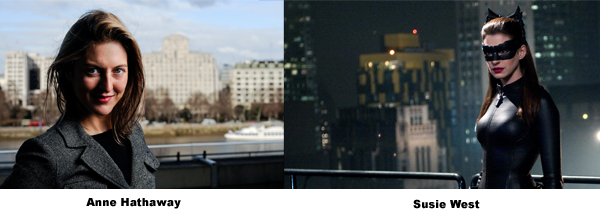Over the years I’ve had some great ideas. I’ve had some pretty dumb ideas too. I’ve followed through on some – both the good ones and the dumb ones but most, I have to admit, have been left as just ideas. But it still gives me great satisfaction when I get to see one of my great ideas executed perfection – by someone else.
A number of years ago, I had the great idea that smart phones could be used as purchase to pay tools. I wrote about it
here. The problem of process compliance in some situations like construction sites it that it has, historically at least, been difficult to put IT solutions in place. Purchasing Cards have been tried but rather than helping to support a robust purchase to pay process they tend to remove the process entirely – the “Nuke” option. But now, everyone carries a smart phone and it’s perfectly feasible to put purchasing software in the hands of everyone, regardless of their working environment. It’s not just possible – it’s delivered, and a few weeks ago, I had the great pleasure to speak to Patrick Hopkins, CPO at Coca Cola Bottling Company to understand how they’ve implemented a Coupa solution to do just that.


